So, have you ever wondered why there are so many different types of turtles out there? I mean, seriously, take a look at all those cute little shelled creatures. How do they come in all sorts of shapes, sizes, and colors? Well, my friend, it all comes down to the fascinating world of turtle genetics.
Let me tell you, once you start diving into the realm of turtle breeds and morphs, you won’t be able to stop. There’s just so much to discover! From the intricate patterns on their shells to the vibrant hues of their skin, turtles truly are a genetic wonder. In this article, we’re going to explore the mesmerizing world of turtle genetics, discussing how different breeds and morphs are formed through the magic of DNA.
You see, turtles can have different breeds, much like our furry friends, dogs. There are the well-known breeds, like the red-eared sliders and the painted turtles, but there are also lesser-known breeds that are just as fascinating. And let’s not forget about the morphs! These are like special variations within breeds, often resulting from genetic mutations. It’s like turtles have their own little secret world of genetic surprises. So, buckle up, my friend, because we’re about to dive into the depths of turtle genetics that will leave you amazed. Trust me, it’s going to be a wild ride!
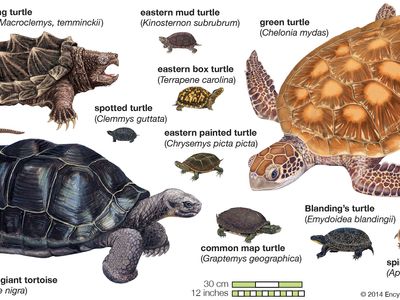
Introduction to Turtle Breeds and Morphs
Turtles are fascinating creatures that come in a wide variety of breeds and morphs. These amazing reptiles have captured the hearts of many people around the world with their unique characteristics and stunning appearances. In this article, we will delve into the world of turtle genetics, understanding the different breeds and morphs, and exploring their significance.
What are Turtle Breeds?
Turtle breeds refer to the different species or types of turtles that exist. Just like dogs have different breeds such as Labrador Retrievers or German Shepherds, turtles also have their own distinct breeds. Each breed has its own specific characteristics and traits that set it apart from others.
Exploring Turtle Morphs
In addition to the different breeds, turtles also exhibit a phenomenon known as morphs. Morphs are distinct variations in physical appearance within a particular breed. These variations can include differences in color, pattern, size, and even shell shape. Morphs occur naturally due to genetic variations and can also be intentionally created through selective breeding.
Importance of Understanding Turtle Breeds and Morphs
Understanding turtle breeds and morphs is essential for various reasons. For turtle enthusiasts, knowing the specific breed and morph of their turtle can enhance their appreciation and understanding of their pet. It can also aid in providing appropriate care for the turtle, as different breeds may have different dietary and environmental needs. Furthermore, understanding turtle genetics can play a crucial role in conservation efforts and breeding programs aimed at preserving endangered species.
Understanding Turtle Genetics
Genetic Basics: DNA and Traits
To understand turtle genetics, it is important to first grasp the basics of genetics. Genetic information in turtles, as in all living organisms, is stored in DNA (Deoxyribonucleic Acid), a molecule that carries the instructions for the development and functioning of cells. Traits, such as physical characteristics and behaviors, are determined by specific genes within the DNA.
Inheritance Patterns in Turtles
Turtle genetics follows certain inheritance patterns. These patterns govern how traits are passed from one generation to the next. The most well-known pattern is Mendelian inheritance, which is based on dominant and recessive traits. However, turtles may also exhibit other patterns, such as incomplete dominance, co-dominance, or polygenic inheritance. Understanding these patterns can help predict the likelihood of certain traits appearing in offspring.
Role of Genes in Turtle Breeds and Morphs
Genes play a significant role in determining turtle breeds and morphs. Different combinations of genes result in variations in physical appearance, such as shell color, pattern, and size. Through selective breeding, breeders can manipulate these genes to create specific morphs or enhance desirable traits. By understanding the genetic makeup of turtles, breeders can selectively breed individuals to achieve desired outcomes while maintaining the overall health and genetic diversity of the population.
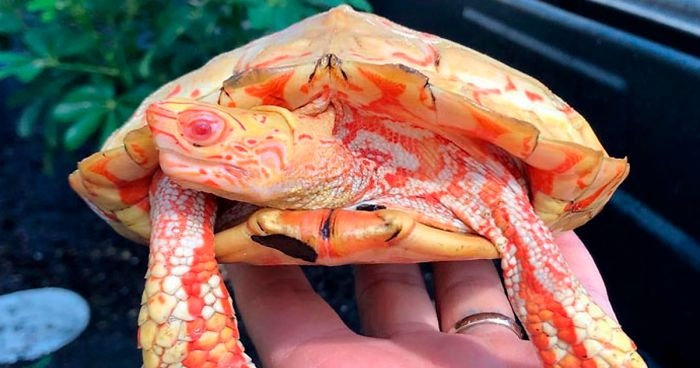
Classification of Turtle Breeds Based on Genetics
Turtle Breeds: Terrestrial vs. Aquatic
Turtle breeds can be classified into two broad categories: terrestrial and aquatic. Terrestrial turtles are adapted to life on land and typically have features such as strong limbs and a domed shell. Aquatic turtles, on the other hand, are specialized for life in water, with streamlined shells and webbed feet for efficient swimming. This classification is based on their natural habitats and reflects the different genetic adaptations that have evolved in these turtles.
Geographical Variations in Turtle Breeds
Turtle breeds also exhibit geographical variations, with different populations of the same species often having distinct characteristics. These variations occur due to factors such as isolation, ecological differences, and genetic drift. Geographical variations can include differences in shell color, pattern, or even size. Scientists study these variations to understand the evolutionary history and relationships between different turtle populations.
Variety in Shell Patterns and Colors
One of the most fascinating aspects of turtle breeds and morphs is the variety of shell patterns and colors. Turtle shells can exhibit a range of patterns, from intricate mosaics to distinct spots or stripes. Similarly, shell colors can vary greatly, including shades of brown, green, yellow, or even red. These unique shell patterns and colors not only contribute to the beauty of turtles but also serve important functions such as camouflage or thermoregulation.
Evaluating Turtle Morphs
Identifying and Describing Turtle Morphs
To evaluate turtle morphs, it is important to accurately identify and describe the different variations within a breed. This involves closely examining the physical features of the turtle, noting any differences in color, pattern, shell shape, or size. By cataloging and documenting these variations, researchers and breeders can classify and track different morphs, enhancing our understanding and appreciation of turtle genetics.
Common Morphological Features
While turtle morphs can exhibit a wide range of variations, there are some common morphological features that can be observed across different breeds. These features include differences in shell shape or size, variations in head shape or coloration, and even subtle differences in limb structure. Careful observation and comparison of these features can help in identifying and differentiating between various morphs.
Significance of Morphs in Turtle Breeding
Morphs play a crucial role in turtle breeding programs and the pet trade. Breeders and enthusiasts often seek out specific morphs for their unique appearances. By selectively breeding turtles with desirable morphs, breeders can create new and distinctive variations that may be highly valued by collectors or hobbyists. However, it is important to ensure that breeding programs are conducted responsibly and with consideration to the welfare and genetic diversity of the turtles involved.
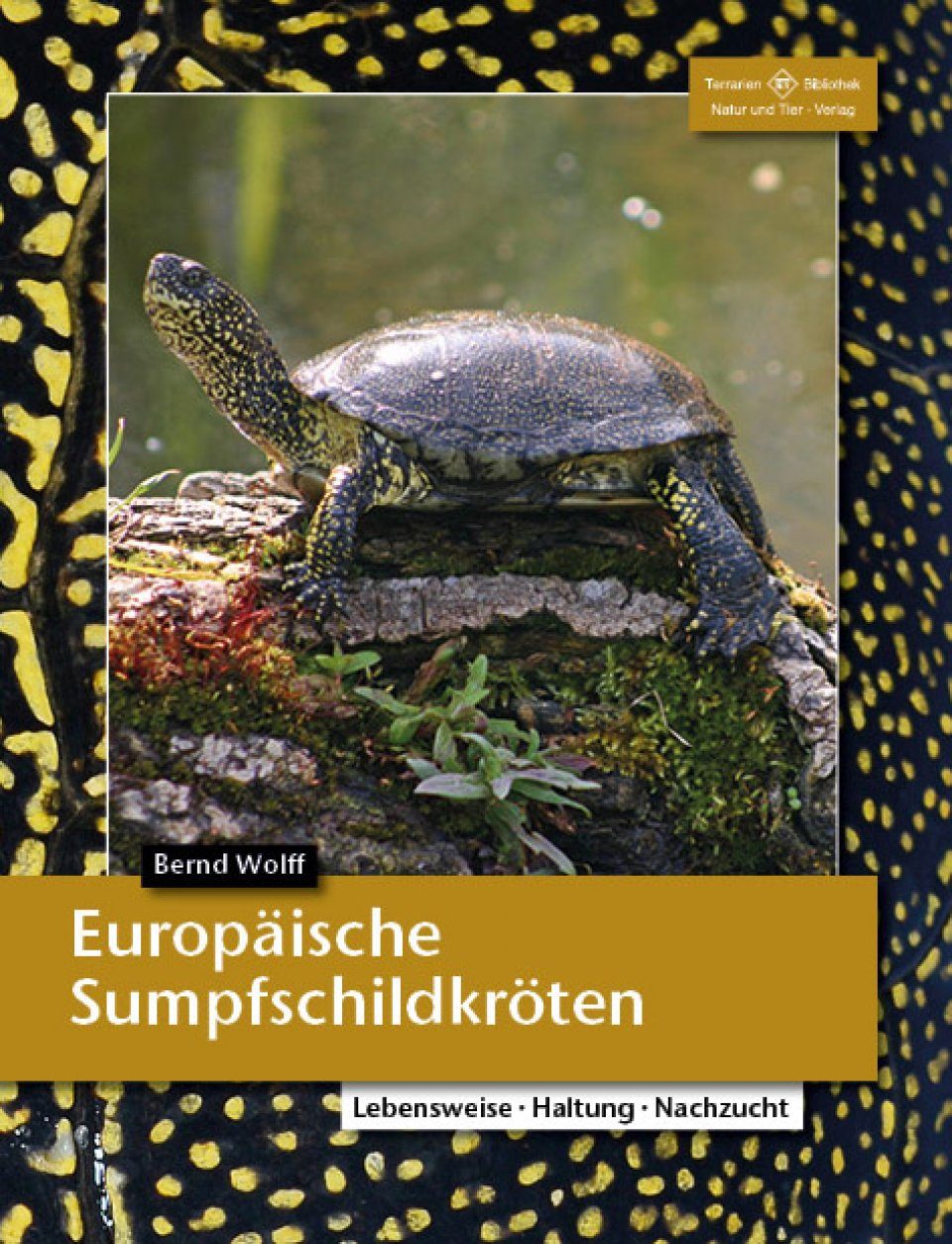
Breeding Techniques for Desired Traits
Selective Breeding Approaches
Selective breeding is a technique employed by breeders to enhance and propagate desirable traits in their turtle populations. This process involves carefully choosing individuals with the desired traits and breeding them to produce offspring with those traits. Over successive generations, the frequency of the desired traits increases, leading to a more predictable inheritance pattern. Selective breeding can be used to create and refine specific morphs or to enhance certain characteristics such as size, color, or temperament.
Hybridization in Turtle Breeding
Hybridization, the crossing of individuals from different breeds or species, is another technique used in turtle breeding. This process can result in unique combinations of traits and morphs that may not be found in either parent breed. Hybrid turtles can exhibit characteristics that are highly valued by collectors or breeders. However, caution must be exercised to ensure that hybridization does not lead to negative genetic effects or the dilution of purebred populations.
Challenges and Considerations in Breeding for Specific Traits
Breeding for specific traits in turtles can present various challenges. It is important to maintain genetic diversity within the population to ensure its long-term health and adaptability. Inbreeding, a practice that involves breeding closely related individuals, can lead to the accumulation of harmful genetic mutations and reduced overall fitness. Breeders must also consider the ethical implications of their practices and prioritize the welfare of the turtles involved.
Economic and Conservation Importance
Turtle Breeds and Morphs in the Pet Trade
Turtles, with their diverse breeds and morphs, have become popular pets worldwide. The pet trade often focuses on rare or unique morphs, driving demand for specific breeds. While this can provide economic opportunities for breeders and sellers, it is essential to ensure that these turtles are sourced responsibly and that the trade does not contribute to the decline of wild turtle populations. Education on proper care and conservation efforts are vital to promoting sustainable practices within the pet trade.
Conservation Significance of Preserving Turtle Breeds
Preserving turtle breeds holds significant conservation value. Many turtle species are currently facing threats such as habitat loss, pollution, and illegal trade. By maintaining captive populations of endangered breeds and morphs, breeders contribute to the conservation of these species. Captive breeding programs can act as a safeguard against extinction and provide an opportunity for reintroduction into the wild when suitable habitats are protected.
Impact of Turtle Genetics on Conservation Strategies
Understanding turtle genetics is instrumental in developing effective conservation strategies. Genetic research can reveal the genetic diversity within populations and identify distinct breed lineages. This knowledge helps scientists prioritize conservation efforts, focusing on preserving genetically unique populations and preventing the loss of valuable traits. Genetic studies can also aid in identifying individuals suitable for captive breeding programs or guiding translocation efforts to establish new populations.
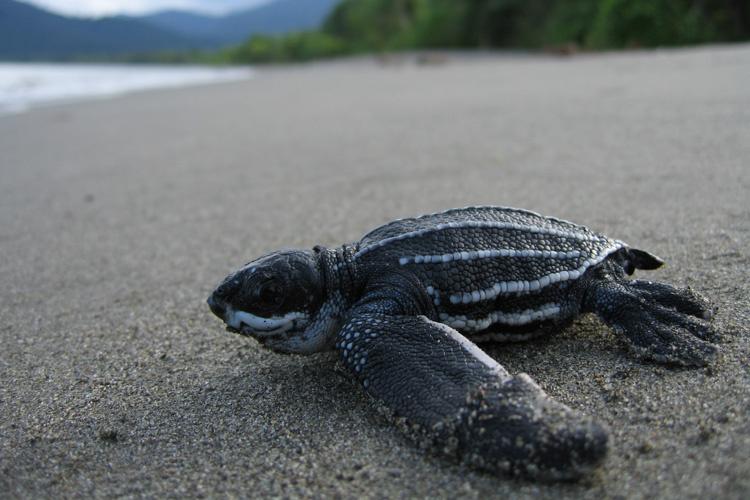
Ethical Considerations in Turtle Breeding
Responsible Breeding Practices
Responsible breeding practices are essential in the world of turtle breeding. Breeders should prioritize the health and welfare of their turtles, ensuring that they have appropriate housing, diet, and medical care. Breeding should be conducted in a manner that avoids unnecessary stress or harm to the turtles. Additionally, breeders should be transparent and honest in their practices, providing accurate information about the origin, lineage, and health of the turtles they sell.
Avoiding Negative Genetic Effects
To maintain the long-term health and genetic diversity of turtle populations, breeders must be mindful of the potential negative genetic effects of their practices. Inbreeding depression, for example, can result from mating closely related individuals and can lead to reduced reproductive success and overall fitness. Breeders should prioritize genetic diversity by carefully selecting breeding pairs and regularly incorporating new individuals into their breeding programs to minimize the risk of detrimental genetic effects.
Balancing Commercial Interests with Welfare
There is often a delicate balance to be struck between commercial interests and the welfare of turtles. The demand for specific morphs or breeds can drive intensive breeding practices, such as overproducing certain morphs at the expense of the turtles’ well-being. Breeders and sellers should prioritize the welfare of their turtles above profit, ensuring that they are not subjected to excessive stress, poor living conditions, or neglect. Education and awareness about responsible turtle ownership can also help reduce the demand for practices that compromise welfare.
Research and Progress in Turtle Genetics
Advancements in Genetic Research
Genetic research in the field of turtle genetics has made significant advancements in recent years. Technological advances, such as next-generation sequencing, have made it easier and more affordable to study the genetic makeup of turtles. This research has led to a better understanding of the genetic basis of certain traits, the relationships between different turtle populations, and the evolutionary history of various breeds and morphs.
Genetic Mapping and Genome Sequencing
Genetic mapping and genome sequencing have been instrumental in unraveling the mysteries of turtle genetics. By mapping the location of specific genes on the turtle genome, scientists can identify genes responsible for particular traits or morphs. Genome sequencing provides a complete blueprint of the turtle’s genetic code, allowing for a comprehensive analysis of its genes and their functions. These techniques contribute to our understanding of turtle genetics and support future research and breeding programs.
Future Prospects of Turtle Genetics
The field of turtle genetics holds great promise for the future. Continued research and advancements in genetic technologies will further our understanding of turtle breeds and morphs. This knowledge can contribute to the protection and conservation of endangered species, the responsible breeding of captive populations, and the appreciation and enjoyment of these incredible reptiles. By combining scientific knowledge with ethical practices, we can ensure a bright future for turtle genetics and the turtles themselves.
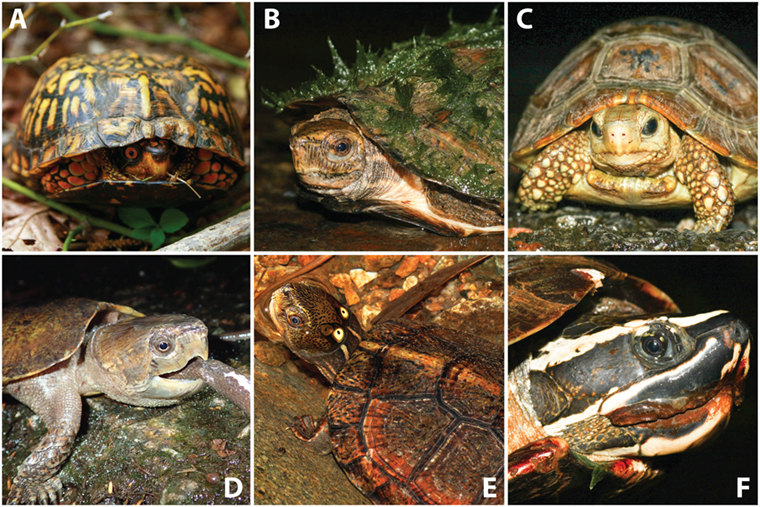
Conclusion
Turtle breeds and morphs offer a fascinating glimpse into the world of turtle genetics. From the diverse array of breeds to the mesmerizing variations in morphs, turtles captivate us with their unique appearances and characteristics. Understanding turtle genetics not only deepens our appreciation for these remarkable creatures but also plays a crucial role in their conservation and responsible breeding. By embracing the beauty and diversity of turtle breeds and morphs, we can contribute to their preservation and ensure a vibrant future for these beloved reptiles.